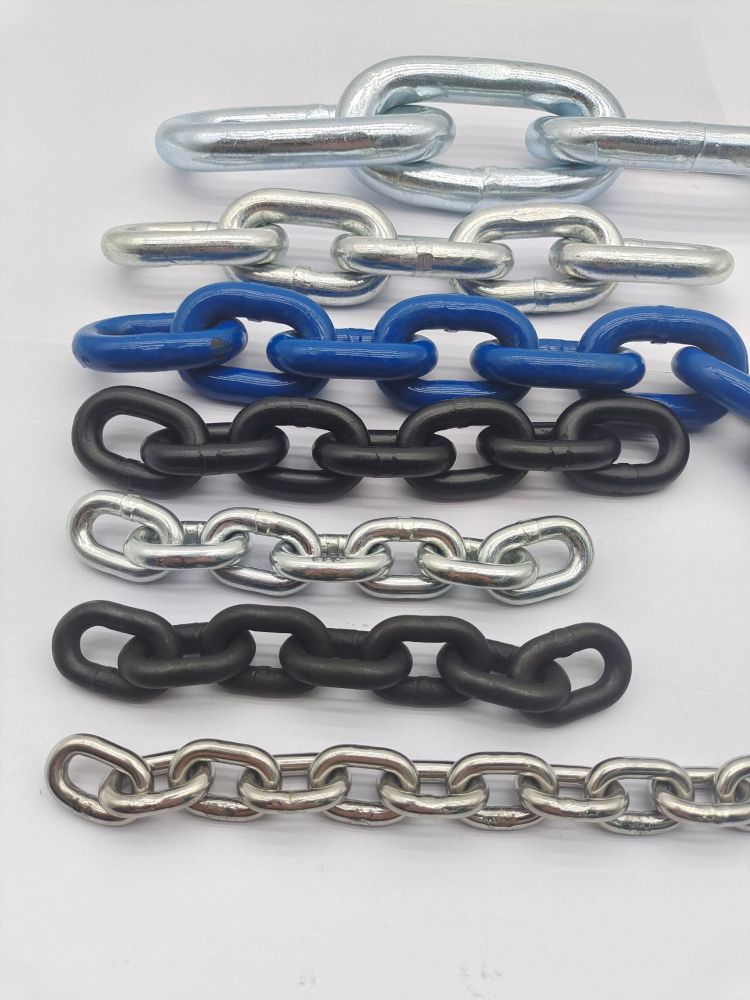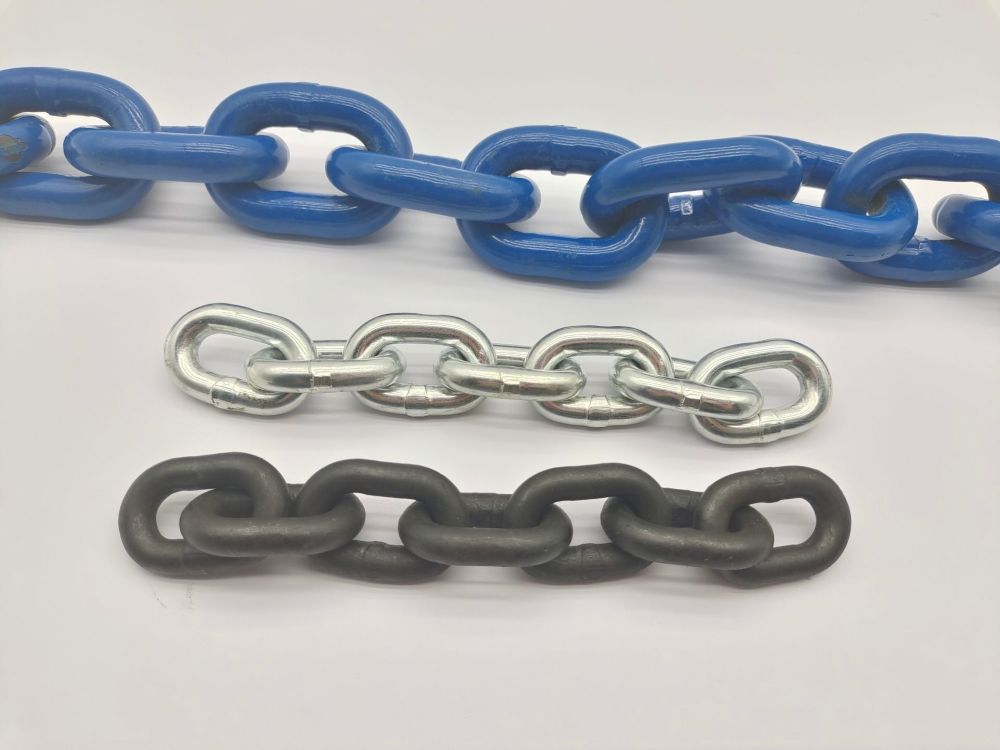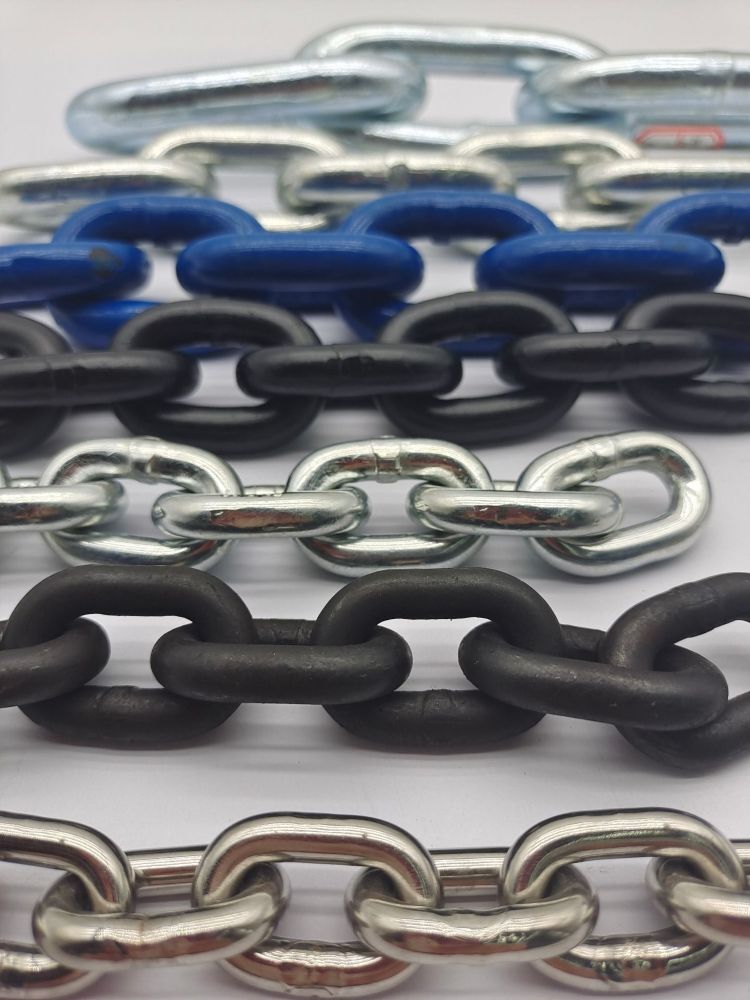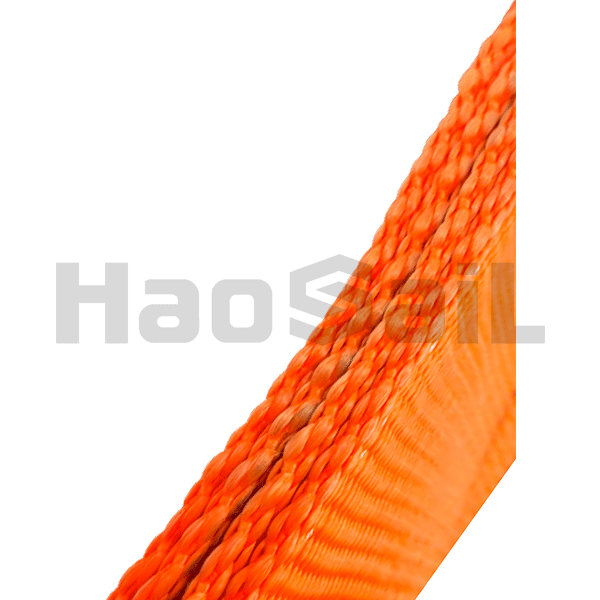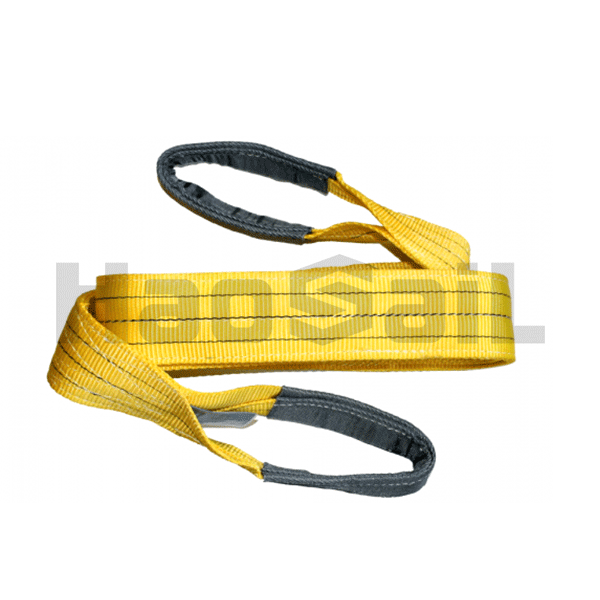The frequency of load testing for lifting chains depends on various factors, including the type of chain, its intended use, and applicable regulations or industry standards. It's important to consult the manufacturer's recommendations and any specific regulations or guidelines that apply to your region or industry. However, here are some general considerations:
Initial Load Testing: When you first acquire a new lifting chain or introduce it into service, it's typically recommended to conduct an initial load test. This helps verify the chain's strength and suitability for its intended purpose. The specific load testing requirements may be provided by the manufacturer or outlined in relevant standards.
Periodic Load Testing: After the initial load test, periodic load testing is typically conducted to assess the ongoing integrity and performance of the lifting chain. The frequency of periodic load testing can vary depending on factors such as the chain's usage, environmental conditions, and applicable regulations.
Industry Standards and Regulations: Different industries often have specific standards or regulations that prescribe load testing intervals for lifting chains. For example, organizations such as the Occupational Safety and Health Administration (OSHA) in the United States or the Health and Safety Executive (HSE) in the United Kingdom may provide guidelines or requirements for load testing frequency.
Risk Assessment: Conducting a risk assessment can also help determine the appropriate load testing frequency for lifting chains. Factors such as the criticality of the lifting operation, the load's weight and characteristics, and the potential consequences of chain failure should be considered.
In summary, the specific frequency of load testing for lifting chains should be determined based on a combination of factors, including manufacturer recommendations, applicable regulations or industry standards, and risk assessments. It's important to consult the relevant authorities and seek guidance from qualified professionals to ensure compliance with safety requirements and the ongoing integrity of your lifting chains.